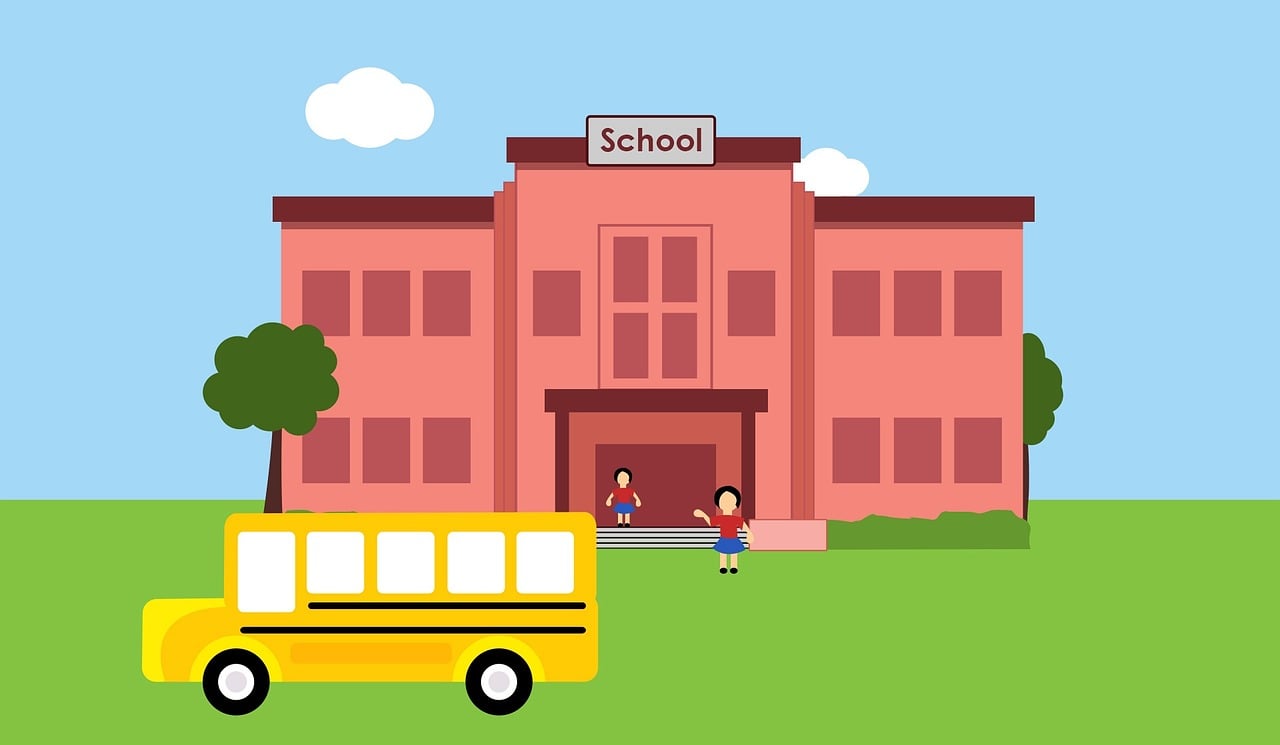
What are traditional schools?
Most Idaho schools (705 total) are traditional schools. They are public, funded by taxpayers, and have the ability to levy taxes. Funds from levies and bonds can be used for buildings, staffing, and other needs. Traditional public schools are typically overseen by elected school boards and district administration.
As of 2023, 289,000 Idaho students (about 87 percent) were enrolled in traditional public schools. These schools accept and are free for all students, and transportation is provided. Which traditional schools students attend often depends on where they live; they usually must live within a school district or school's boundaries to attend a certain school.
What are charter schools?
- Charter schools are public schools that are funded by taxpayers. As of 2023, 29,000 students (about 9 percent) attend Idaho's 77 charter schools (go here for a complete list). They are different from traditional schools in a number of ways:
- They can have a specific focus, like college preparation, career readiness, STEM, or the arts. They might also be guided by a specific learning model, like expeditionary or Waldorf.
- Charter schools are designed by parents, educators, and/or community members. Their administrators might not be certified or have the degree that traditional school leaders need.
- While the state does provide charter schools with some funding for facilities (that funding is based on enrollment and a percentage of the statewide average of bond and facilities levies), they do not have the ability to levy taxes. That can make it harder for these schools to finance buildings, staffing, and other needs.
- These schools accept and are free for all students. However, there is usually a lottery or application process, so all students are not guaranteed admittance.
- Transportation may or may not be provided. A lack of transportation can be a limiting factor, as not all parents can afford vehicles and gas, and not all parents have time in their schedule for pickup and drop off.
- Charters "are operated by independent boards and are given permission to operate by an approved authorizer," according to the State Department of Education.
For more information on charter schools, go here.
What are magnet schools/schools of choice?
Magnet schools, also called schools of choice, are public schools that “have a specific instructional theme, curriculum, or instruction method that is used throughout the school. That theme may be around a content area such as the arts and humanities or science, technology, engineering and math (STEM). It may use an instructional method such as dual immersion language or specific curriculum focus, i.e. International Baccalaureate."
The main difference between magnet and charter schools is that magnet schools are part of their local school district. Magnet schools are free, but may have limited enrollment and may require students to apply for admission into the school.
For more information on magnet schools, go here.
What are community schools?
A community school is a school or district that works with community partners to help students be successful by providing services and opportunities to them and their families within and beyond the school day. That could include nutrition services, counseling, GED programs, enrichment activities, and more. Community schools are tailored to the unique needs of the students they serve, so each looks and operates differently.
For more information on community schools, go here.
What are home schools?
According to the State Department, home schooling is "education directed by the parent/guardian. Since Idaho does not regulate or monitor home school education, it is up to the parent/guardian to select the curriculum they wish to use. There is no registration or sign up procedure required and the state of Idaho does not have a set curriculum to be followed for home school education. All costs associated with home schooling are the responsibility of the parent/guardian."
For more information on home schools, go here.
What are private schools?
Private schools are "non-profit or for profit educational organizations that are operated independent of the public education system. In most cases there is a charge for students to attend the private school. Idaho State Department of Education does not regulate or license private schools." Private schools may or may not be religious (or parochial) and can receive federal funding from the National School Lunch Program.
As of 2023, about 15,000 students (or about 4.5%) attend Idaho's estimated 119 private schools.
For more information on private schools, go here.
What are virtual schools?
Virtual schools are online schools. An online school might be part of a traditional school district, like Oneida County School District, or it could be a charter school, like iSucceed Virtual Schools. Idaho also has an online state school called Idaho Digital Learning Alliance. Virtual schools vary depending on what type of school they are.
What are alternative schools?
These are non-traditional schools with curriculum and schedules clearly designed for at-risk students with the goal of them earning a high school diplma. Alternative schools generally belong to their local school districts.
For more information on alternative schools, go here.
What are learning societies?
"Learning Societies are a unique blend of a micro-school and a ‘pandemic pod,’ operating under the umbrella of an online public charter school," according to Adam Bruno. In this environment, students gather and spend the day together in person, but spend much of the day working independently on their computers, with adult supervision.
Have something you'd like spelled out?
Drop us a line
